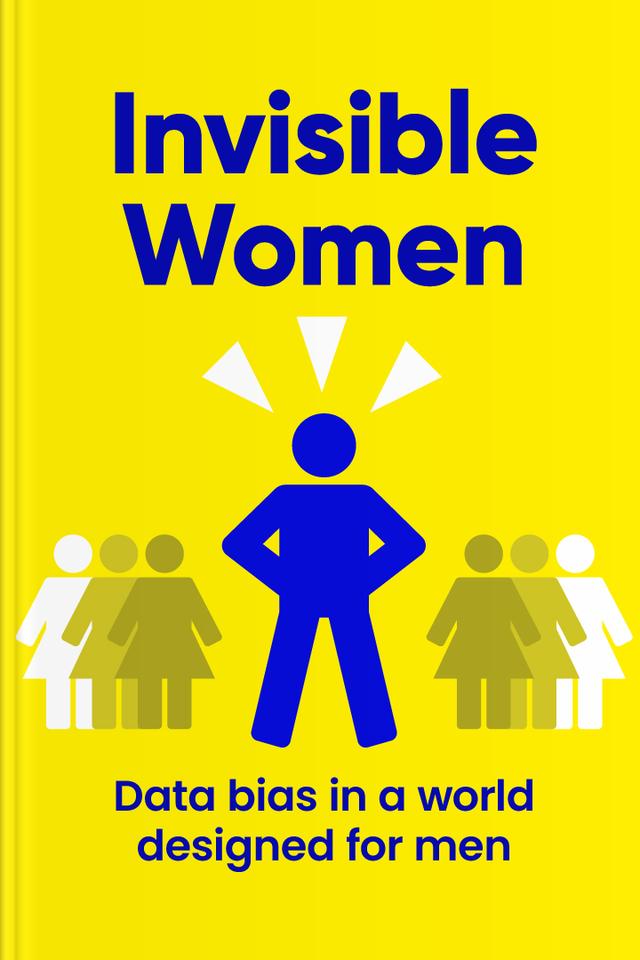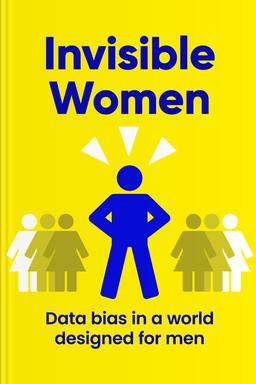You’ll learn
- How data-led design can save lives
- Why it's profitable to invest in start-ups created by women
- Peculiarities of the female immune system
- About biased AI-algorithms
russia has launched a full-scale war in Ukraine. Donate to support Ukraine and protect the world’s peace.

first KEY POINT
What do fewer conflicts and better education have in common? The answer is higher participation of women as policymakers. Numerous cases confirm the outstanding outcomes of female leaders. When they join negotiations with countries at war, the probability that a peace agreement will last over 14 years rises by 35%. Similarly, Portugal's expenditure on schools has increased with more female members of parliament. Although the positive results of women's contributions are undeniable, many male-dominated fields resist gender equality.After hearing about female protests against discrimination, men often complain, “There are too many conversations about gender.” They consider the world already equal for everyone. This belief is hardly surprising; the gulf between the sexes is tricky. While women experience it daily, men seldom witness or read about it due to the data gap. The latter stems from two factors. Firstly, scientists collect less information about the female lifestyle (we will discover the reasons for this soon). Secondly, even when their research includes women, they rarely separate data by sex.Why is it a problem? Data is a powerful leverage for transformation and decision-making. For example, when Google discovered that new mothers quit at twice the rate of other employees, it prolonged maternity leave at full pay. The number of dismissals dropped by 50%. As long as half of humanity is invisible in statistics, its needs and challenges will remain a niche knowledge.
Let's investigate how data gaps impede societies thriving and discover worldwide recipes for coping with this challenge. The findings will impress you.
second KEY POINT
Are you tired of ever-present smartphones? If so, we have good news for you. Experts say devices won't get any bigger since they have reached the maximum size of men's hands. It's one of the simplest examples of how the male perspective impacts the design of most things around us. That's also why fitness trackers underestimate calories burned during housework, and makeup can glitch VR headsets. Some consequences of this one-track design are only inconveniences, but others may cost lives.

Continue reading with Headway app
Continue readingfirst KEY POINT
second KEY POINT
third KEY POINT
fourth KEY POINT
fifth KEY POINT
sixth KEY POINT